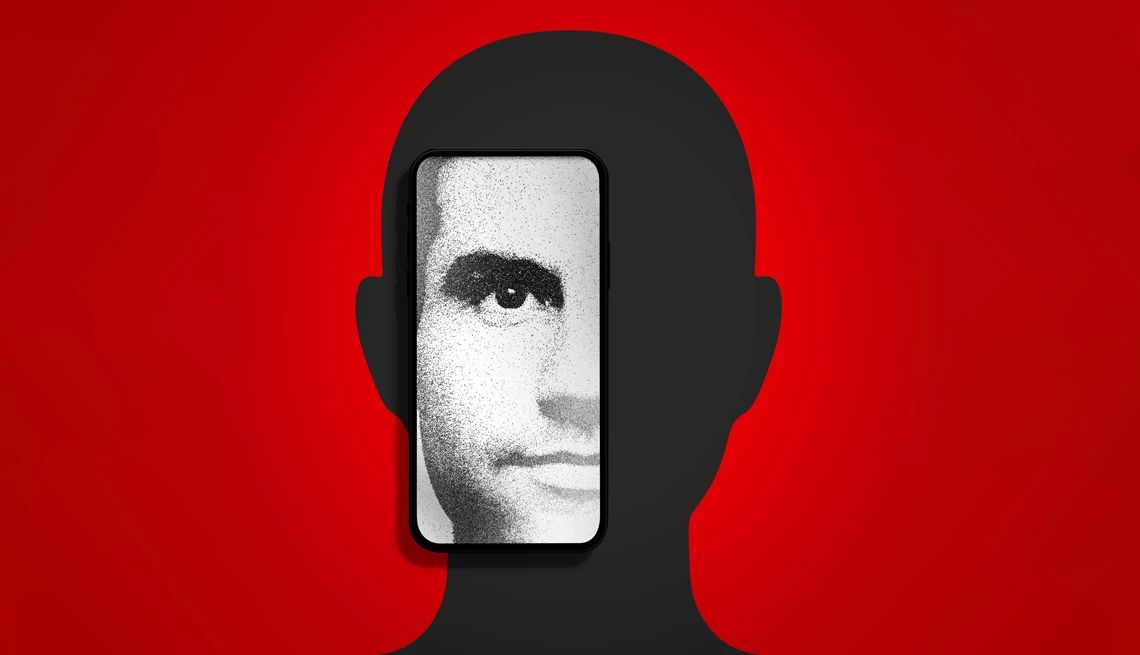Staying Fit


Here’s a scary thought: There are now so many criminal breaches of consumer-information databases that they rarely even make the news anymore. In 2023, there were more than 3,200 major database breaches, 78 percent more than the previous year, according to the Identity Theft Resource Center.
Given this, it’s wise to assume that much of your personal information is available to criminals; it’s well documented that there is a thriving open market for personal information on the dark web, where the credit card numbers, Social Security numbers and other personal data of countless Americans are bought and sold for surprisingly small amounts of cash.


AARP Membership— $12 for your first year when you sign up for Automatic Renewal
Get instant access to members-only products and hundreds of discounts, a free second membership, and a subscription to AARP the Magazine.
So the real question is, how can criminals be prevented from using that data for identity fraud? Or more precisely, how can financial institutions, retailers and others we transact business with know whether it is us contacting them and not an impostor?
There are increasingly hopeful answers to these questions. Here is just a small sampling of private businesses developing and deploying new technologies to thwart criminals who might be trying to impersonate you.
Phone verification
A typical fraud would have a criminal, armed with your account numbers and personal info, calling your bank or other financial account holders and impersonating you to get access to your money. Digital security companies such as Prove have come up with a clever way to identify impostors by using the customer’s phone to help verify their identity. The system will ping the phone’s SIM card to verify with the carrier that it’s you at the other end of the transaction. It also checks how long the phone has been operational and the trustworthiness of the carrier to determine whether the phone is actually yours or if it’s a burner using a cloned number.
A new tool from the company uses your phone to prefill some of the information on an application via a “secure handshake.”
“We connect those dots to answer the question: Is [the applicant] validating their own information,” says Mary Ann Miller, fraud and cybercrime executive adviser and vice president of client experience at Prove.
Scoring the likelihood you are you
Other companies, including SentiLink, work a bit further in the background when helping financial institutions determine if someone applying for an account or a monetary withdrawal is who they say they are.

































































You Might Also Like
How to Protect What You Collect
Tips for caring for your collectibles, including proper organization, accurately assessing the value and more
Find Out What Happens When an 80-Year-Old Tries Online Dating
In this essay from the book ‘A Point of Beauty,’ Carolyn Meyer recounts how she finally stepped out of her comfort zone
Latest Issue of the AARP Bulletin
Check out all of your favorite features in the digital edition of the publication
More Members Only Access
Enjoy special content just for AARP members, including full-length films and books, AARP Smart Guides, celebrity Q&As, quizzes, tutorials and classes
Recommended for You